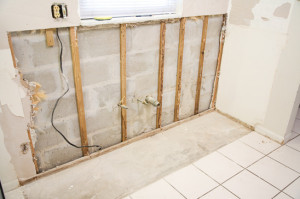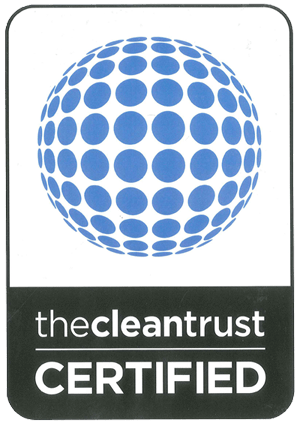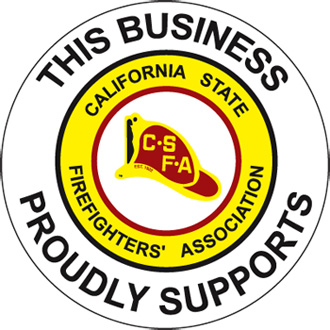 Undetected water damage can lead to dangerous mold. This kitchen had to be remodeled because the residents did not call a trained water restoration specialist.
Undetected water damage can lead to dangerous mold. This kitchen had to be remodeled because the residents did not call a trained water restoration specialist.In general, a restorer’s ability to influence drying can be stated ‘initially’, with surface and free water, faster rates of evaporation are achieved when air is warmer, drier, and moved faster close to a wet surface, and materials are either made warmer and/or more permeable as materials become drier. Application of are with lower humidity at the surface of a material increasing internal material temperatures will most effectively promote drying.
Movement of Water Through Materials
Warm, dry airflow across the surface of wet materials generally removes surface moisture effectively. During early stages of a drying process, the air temperature and RLT (temperature of materials relative to air at the same altitude) directly influences evaporation of the surface moisture due to direct contact. During this testing stage of drying, evaporation occurs at a very high rate. This rapid evaporation requires higher levels of humidity control to prevent saturation of the air space and materials within the built environment. As this stage of dying nears completion the demand for humidity control is decreased but continues until abnormal moisture has been removed. All other things being equal, it is the air with the lowest humidity that produces the greatest rate of evaporation.
Unfortunately, not all things are equal in the real world. In order to create a “drier” air mass it is necessary to understand Humidity, Air Flow, Temperature, Time (H.A.T.T.) As a certified firm with a master restorers designation with the Clean Trust Firm, specialists from NorCal Disaster Restoration Clean are trained in specialization in the area of psychrometry and the science of drying.





Leave a Reply
Want to join the discussion?Feel free to contribute!